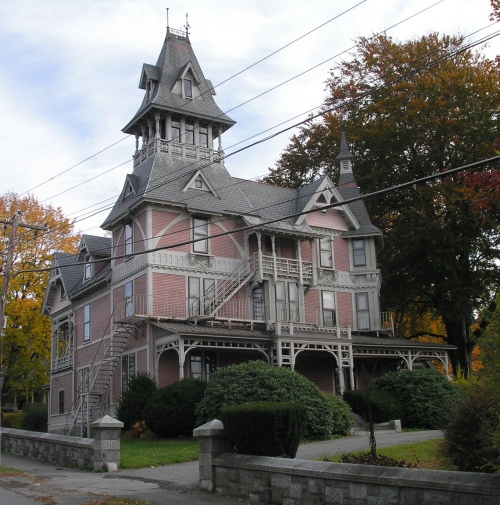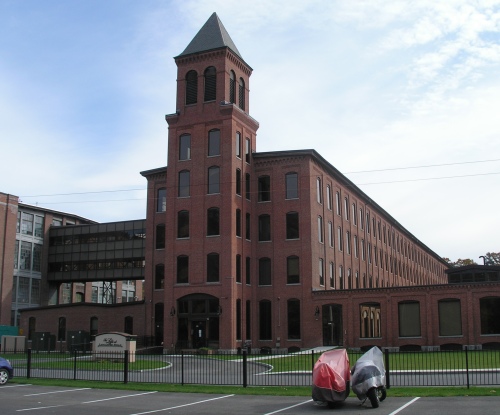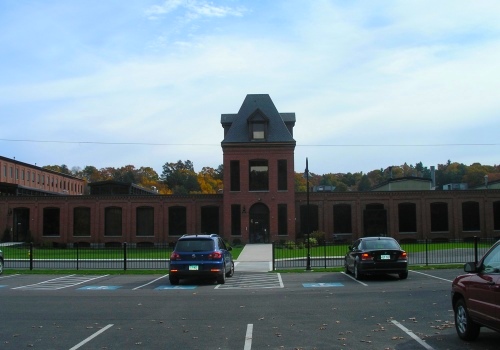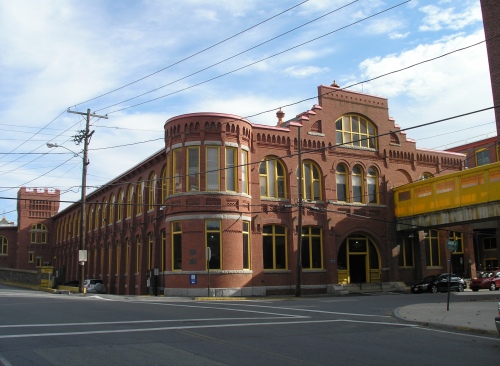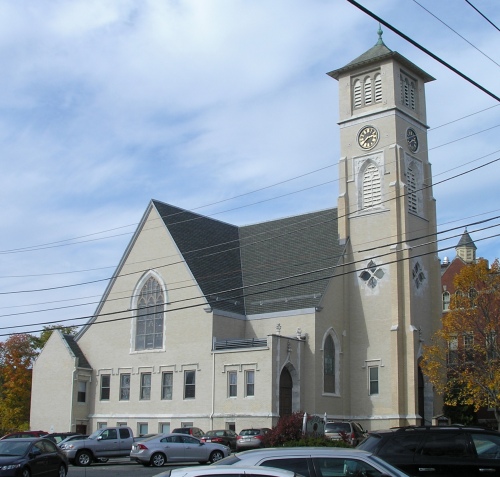A.A. Burdett House (1852)
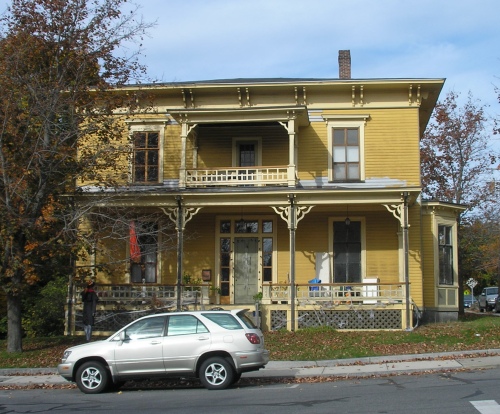
The house at 260 Church Street in Clinton was built in 1852 by Oliver Stone, a local contractor, for Henry Kellogg, director of the Clinton Gas Light Company. Alfred A. Burdett, a local druggist, bought the house in 1867. As related in The Spatula, An Illustrated Magazine for Pharmacists, Vol. VIII, No. 10, June 1902:
To Alfred A. Burdett belongs the distinction of having been the longest in business of any man in Clinton, Mass. Mr. Burdett, who recently passed his 75th mile-stone, opened the first drug store in Clinton in 1849, and still retains his connection with the business, which is carried on by his son Oscar A. Burdett at the old stand on High street. His son Henry is likewise a pharmacist, with a store on the same street. Mr. Burdett and his wife observed the 53d anniversary of their marriage not long ago. He has served a term in the Massachusetts Legislature, and has held many positions of trust in his own town, having been selectman, town treasurer and a member of the school committee. Mr. Burdett has carefully preserved the record of his very first day’s business, on Feb. 25, 1849. On that day his total sales were $1.08, divided as follows: candy, 14 cents; cigars, 9 cents; medicines, 31 cents; fancy goods, 44 cents; valentines, 10 cents. The profits were reckoned at 55 cents.
